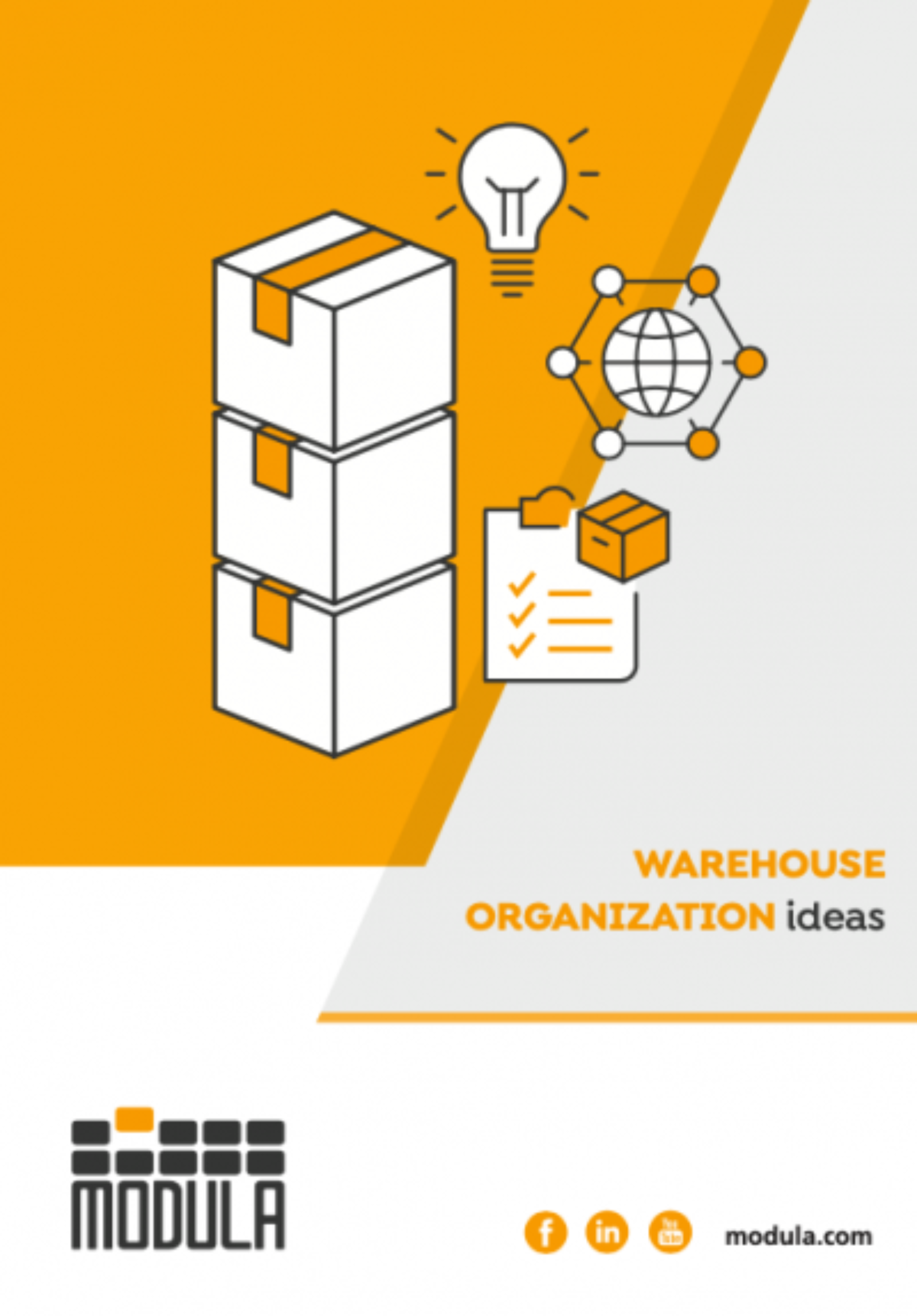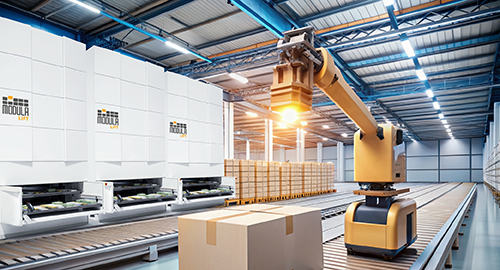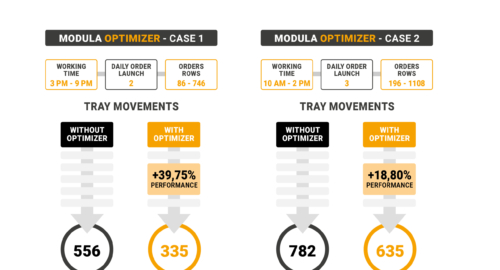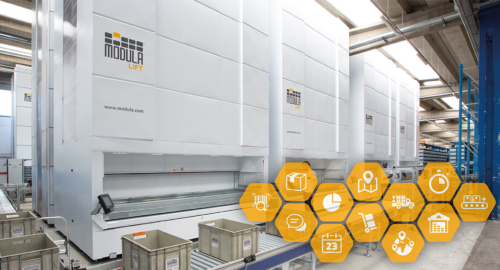Automation is a field that’s constantly changing and evolving. Fast-paced innovation is underway in the processes, working tools and technologies that enable systems to operate automatically. The trends that we can expect for 2022 will pave the way to greater simplification, agility, and efficiency.
By bringing production and logistics systems to an extended standstill, the COVID-19 pandemic underlined the extent to which automation can bolster supply chain resilience, even in industries in which its use was inconceivable until a few years ago. This, together with the labour shortages affecting entire industries, showed that automation is the best way to overcome fluctuations in global supply chains.
The rise of e-commerce seems to be unstoppable. It continues to experience double-digit growth and is increasingly demanding the development of software, services and products that can cater to changing needs in an agile, simple way.
Let’s take a look at the five main trends and objectives for automation and Industry 4.0 in 2022.
1) The spread of digital twins
Digital twins are among the most fascinating forms of automation, and they are set to significantly disrupt business processes. In an IDC survey, 70% of respondents said that they were considering adopting them in the near future.
Rather than a type of technology, they take the form of a collection of software solutions that aim to combine the physical and the digital world. Digital twins are virtual models of products or processes that are created – using technologies such as augmented reality, machine learning and the IoT – for use in simulations in order to:
- Assess new application scenarios and optimize processes.
- Make changes and fine-tune products.
- Predict and resolve maintenance issues in machinery (with 30% lower maintenance costs, 75% fewer technical defects and 45% less downtime according to CADFEM).
Virtual simulations and copies will allow companies to decide whether or not to introduce new processes or buy products and machinery, thus preventing waste and optimizing the use of resources. In addition, digital twins can be connected to the sensors on machinery for predictive maintenance purposes. Operations can be monitored almost in real time and potential faults and failures can be reported before they occur.
2) Cloud-native applications
On the cloud scene, the most widely used applications in 2022 will be native ones. That means software and applications that are specially developed to operate in the cloud (hence the name “cloud-native”) and satisfy the huge demand for speed, scalability, and reliability from companies of all sizes.
The key, distinctive features of cloud-native applications are microservices and container technology. Microservices are individual, independent services that perform specific functions but are designed to communicate with each other through APIs. Therefore, microservices can be combined with each other in containers – together with everything required for them to be used – and they can also be integrated in other applications. End users can access a number of services through the same interface.
Another of their distinctive features is that user feedback can be promptly integrated, which encourages regular releases of new solutions.
One of the advantages of cloud native solutions is that they can be built freely, combining components to suit the technological and infrastructural needs of each company. This means that they are faster and more flexible and agile to introduce compared to specially coded solutions.
3) Low-code platforms
Low-code automation platforms are designed to enable users without technical skills to develop applications. They allow staff who are responsible for organizing work to automate processes by using graphic interfaces instead of complex programming languages. All of this makes things simpler for companies and frees up time and resources that can be devoted to the development of business strategies.
In addition, low-code automation platforms are easy to integrate with other applications – including third-party ones – and they can be introduced more quickly because they do not require specific technical know-how. As a result, they are considered to be “democratic automation applications” and, according to Gartner, by 2024 they will be responsible for 65% of all application development activity.
This means that in the future managing the automation of routine operations will be more and more simple, intuitive, and accessible, so companies will be able to invest in upskilling employees.
4) Moving goods with drones and robots
The push for robots and drones to be used for moving goods will be given additional momentum by constant growth in e-commerce and customers who want increasingly customized products and faster, more convenient, and more practical deliveries.
Drones and robots can be used to move goods automatically through the air and on the ground from one area of a logistics plant to another. Together with automatic storage systems, they can be used to set up dark warehouses: fully automated logistics solutions that enable companies to cut costs and eliminate human error thanks to automatic operating cycles.
The latest generation of drones and robots are more and more simple to introduce and manage thanks to the low-code software platforms mentioned above, with which they can be easily integrated.
5) AI and blockchains
Modern working environments provide access to more and more data, also thanks to the ongoing adoption of new technology. When it comes to logistics and supply chains, automatic storage systems, robots, drones and increasingly accessible software have made it easier to get hold of new data for use in business development.
Artificial Intelligence can be used to analyse the data collected by automatic processes, so that informed, data-driven decisions can be made, leading to optimization of the entire supply chain and making the most of the logistics process.
Blockchains – which can be used to securely manage and update records of data and information in networks– can also improve the traceability and transparency of the entire production and supply chain, actually using the vast amounts of data available as a guarantee. Blockchains can help companies to improve their services and the efficiency of supply chains because it is possible to monitor and access information about goods in real time.
Automation in 2022: simplification and agility
The road that has been mapped out in 2022 by innovations in automation will lead to greater simplicity for users – in terms not only of services and software, but also of products – and greater agility.
In recent years, there has been a rapid increase in the adoption of automation systems in all fields that are connected to e-commerce, with logistics leading the way. The warehouses of the future will be increasingly automated and data driven, while supply chains will be more and more resilient and capable of withstanding market fluctuations.
If you’ve ventured into e-commerce or you want to move with the times and start using automated systems to handle your logistics, download our e-book and find out more about it all.
Ideas for warehouse reorganization



